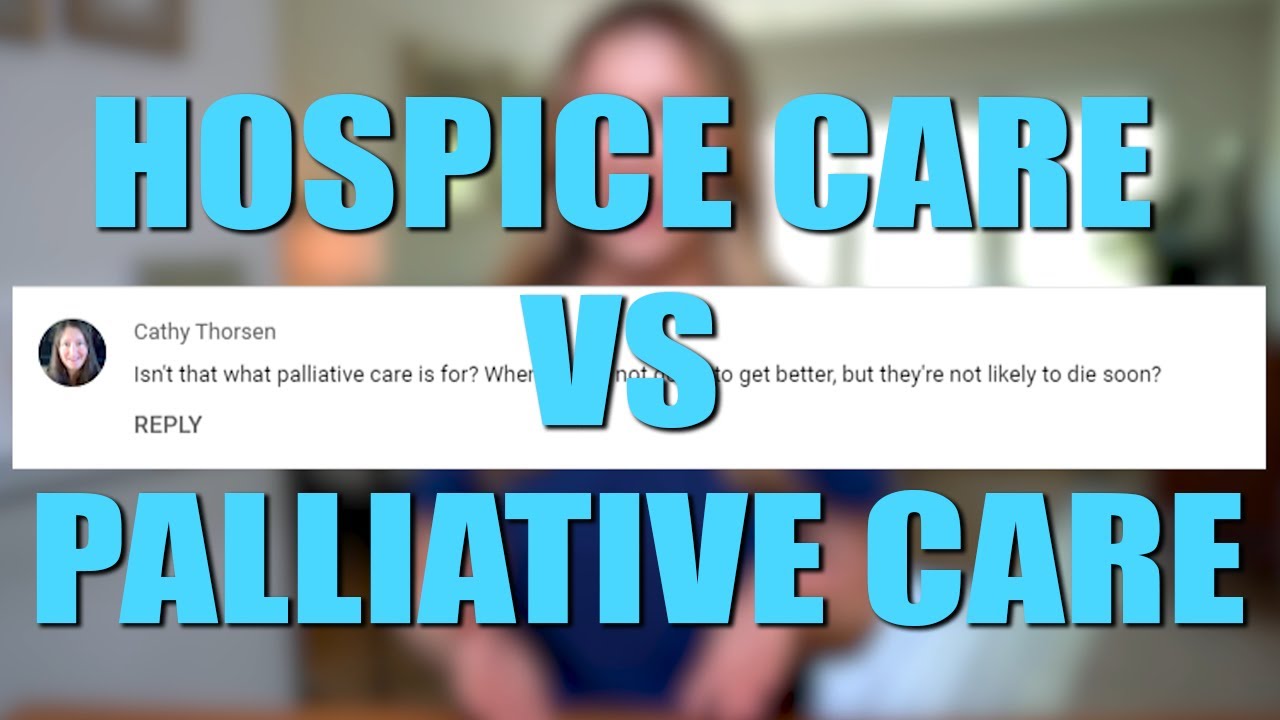Medicare Hospice Benefit
Summary
TLDRThe Medicare Hospice Benefit is an essential insurance benefit for patients with life-limiting illnesses, offering comfort-focused care instead of curative treatment. It provides a wide range of services, including nursing visits, medications, and emotional support. Eligibility requires a terminal illness with a life expectancy of six months or less. While hospice care reduces hospitalizations and emphasizes quality of life, it does not cover living expenses or 24-hour care. Patients can access this benefit through a referral from their healthcare provider, and care can begin promptly, providing valuable support for patients and their families during a difficult time.
Takeaways
- 😀 Hospice is not a place or a company, but an insurance benefit for patients with life-limiting illnesses.
- 😀 Medicare provides 100% coverage for supportive services under the hospice benefit, but does not cover curative treatments.
- 😀 Common illnesses eligible for hospice include heart, lung, kidney, liver, neurological diseases, and cancer.
- 😀 Hospice care focuses on comfort, not curative treatments, and includes services like nursing, pain management, and emotional support.
- 😀 Eligibility for hospice is generally for patients with a life expectancy of six months or fewer, depending on their illness course.
- 😀 Hospice provides 24/7 phone support, but does not cover 24-hour in-person care in your place of residence.
- 😀 The hospice team includes nurses, home health aides, social workers, spiritual care providers, and physicians.
- 😀 Hospice care helps patients remain at home and avoid hospitalizations, emphasizing comfort and reducing medical stress.
- 😀 Hospice does not cover costs like rent, mortgage, or room and board in a facility.
- 😀 To start hospice care, a referral from a primary care physician or specialist is needed, followed by an eligibility assessment.
- 😀 Hospice is an underutilized benefit that can help alleviate fear and provide vital support for both patients and caregivers.
Q & A
What is the Medicare hospice benefit?
-The Medicare hospice benefit is an insurance benefit designed for patients with life-limiting illnesses, providing supportive care rather than curative treatment.
What types of illnesses qualify for the hospice benefit?
-Illnesses such as heart, lung, kidney, liver, neurological diseases, and cancer qualify for hospice care.
Is hospice a place or a company?
-Hospice is not a place or a company. It is an insurance benefit that any healthcare provider can order and any Medicare-certified company can provide.
What does hospice care provide?
-Hospice care provides nursing services, home health aides, medications, medical equipment, and emotional, social, and spiritual support to patients and their families.
What services does hospice care not cover?
-Hospice care does not cover room and board or 24-hour care, though 24-hour phone support is available, and a team member may visit if needed.
How is eligibility for the hospice benefit determined?
-Eligibility is typically determined by having a terminal illness with a life expectancy of six months or fewer, if the illness runs its normal course.
Who can refer a patient for hospice care?
-A patient's primary care physician or treating specialist can refer them for hospice care.
What happens once a patient is referred to hospice?
-Once referred, a hospice nurse will contact the patient or family to assess eligibility, discuss services, and arrange care, often starting the next day.
Does the hospice benefit include curative treatment?
-No, hospice care is supportive, not curative. It focuses on managing symptoms and improving quality of life, not on curing the terminal illness.
How can a patient or family start the process of receiving hospice care?
-A patient or family member can start the process by contacting their primary care physician, hospitalist, or specialist to request a hospice referral.
Outlines

This section is available to paid users only. Please upgrade to access this part.
Upgrade NowMindmap

This section is available to paid users only. Please upgrade to access this part.
Upgrade NowKeywords

This section is available to paid users only. Please upgrade to access this part.
Upgrade NowHighlights

This section is available to paid users only. Please upgrade to access this part.
Upgrade NowTranscripts

This section is available to paid users only. Please upgrade to access this part.
Upgrade Now5.0 / 5 (0 votes)





